Our Roots Run Deep
By Emily Raij
This year marks the 30th anniversary of the Jewish Genealogical Society of Greater Orlando (JGSGO), and although the group is small in numbers, its work – much like the branches of a family tree – is far-reaching.
According to Diane Jacobs, JGSGO president, about 25 to 50 members meet monthly at The Roth Family JCC with an option for people to attend virtually (although, meetings have been moved to online-only for now). The group is also making recordings of past meetings available online “to keep up people’s interest during this time,” says Diane, who has been part of JGSGO for four years. After attending the 2016 International Association of Jewish Genealogical Societies conference in Seattle, Diane found out the next conference would be in Orlando and ended up co-chairing it. She also learned that JGSGO needed a president, so she took on that leadership role the same year.
“I started working on my own family history before the internet about 40 years ago at a very, very modest level, getting information from my family because I was curious,” says Diane.
Though she worked full-time as a professor, Diane continued learning about her legacy, eventually taking a trip with a genealogist to the town in Prague where her grandparents lived. After retiring four years ago, Diane returned to her family research. She also started working with other JGSGO members on a particularly widespread project called the JewishGen Online Worldwide Burial Registry.
Family History, Frozen in Time
JewishGen is a Jewish genealogical resource with search tools, discussion groups, translations, and firsthand accounts about Jewish life from all over the world. According to JewishGen’s website, the Burial Registry “is a database of more than three million names and other identifying information from cemeteries and burial records worldwide,” providing access to information that is otherwise hard to find. The free, searchable database offers one central location for information, including photographs of gravestones. This is especially important as information on tombstones, such as the deceased person’s Hebrew name and his or her father’s Hebrew name, cannot be found anywhere else online. For those with immigrant ancestors, these Hebrew names help to find additional information from the old country.
People looking for information about deceased relatives don’t always know where they’re buried, so the Burial Registry provides that first step in the search. And with many cemeteries in the U.S. and abroad left abandoned, overgrown, or in disrepair, the Burial Registry also provides that critical link to societal records and Jewish history that would otherwise be lost. As of April, the registry contained more than
3.7 million burial records from 8,666 cemeteries in 130 countries. The Burial Registry includes records not only from Jewish cemeteries but from Jewish sections in other cemeteries. The goal is to obtain photos and records of every Jewish cemetery or cemetery section in the world.
Locally, Dorie Cohn, another JGSGO member, became the link between Central Florida and the Burial Registry. Dorie, who lives in Dr. Phillips, found out about the registry after attending a conference and discovered that no one had canvassed Orlando to photograph and add its four Jewish cemeteries to the Burial Registry database.
“By photographing the stones, by translating them, by putting them on the internet, we’re remembering those who have passed,” says Dorie. “My main focus is to get the Orlando material in the Burial Registry’s hands – that’s my self-appointed mission.”
The Orlando-area Jewish cemeteries are Woodlawn, Ohev Shalom, Glen Haven, and Temple Israel. Dorie notes that Woodlawn has already been submitted to the registry. Ohev has 13 of 15 sections submitted, with one more being translated and another in need of photography. Glen Haven’s records need to be double-checked, and Temple Israel has been photographed only. To aid in the mission, Dorie put out a call for JGSGO volunteers, and she says friends have helped as well.
“People were just incredibly generous with their time,” she adds.
Dorie recommends kids get involved, too, as a way to help while learning about genealogy at the same time. High-school students can volunteer with the project to get community-service hours for Bright Futures scholarships while social distancing or as part of school clubs and Scouting groups. Dorie also takes Boy Scouts to Woodlawn on Memorial Day to put flags on veterans’ graves. She and other JGSGO members are considering expanding their Burial Registry work to include genealogical societies in Kissimmee, Tampa, and Broward and Dade Counties.
Outside of the U.S., Dorie has gone to Ukraine twice to photograph her grandmother’s village and the next town over. Like Diane, Dorie’s personal interest in her family’s genealogy is what first brought her to JGSGO. For local residents just beginning to research their family trees, Diane and Dorie both recommend joining JGSGO.
“Bring your laptop if you’re stuck, and someone will take a look and help,” Dorie says. “There are all these people with specific knowledge who will share what they know and hopefully get you around the infamous brick wall.”
